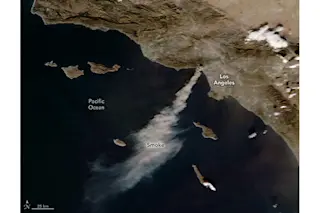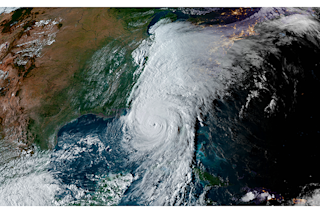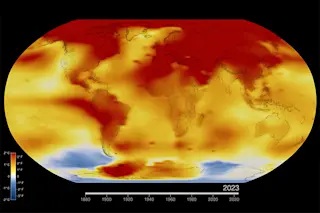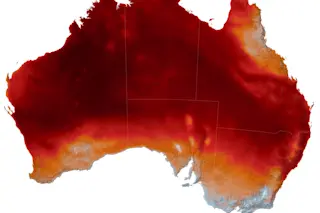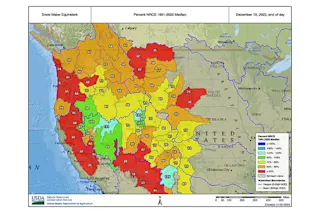A late October tropical storm spinning in the North Atlantic entered the record books today when it strengthened into a strange little hurricane.
Say hello to Hurricane Pablo, seen in the image above acquired by NASA’s Terra satellite.
As of about 5 p.m. EST in the U.S., the tiny storm had attained maximum sustained winds of 80 miles per hour, qualifying it for Category 1 status. That makes makes it the strongest hurricane to form this far north in the Atlantic at this late date in the calendar year since 1894, according to Colorado State University hurricane expert Philip Klotzbach.
It’s also just the second storm to reach hurricane intensity this far north during the era of modern record-keeping, which began in 1950.
Pablo reached hurricane strength in a very unusual location in the North Atlantic basin, arguably more so than Hurricane Vince (2005). This makes Pablo the 2nd northernmost ...



